863 Items by auctions and galleries:
copy
Copy from Dore's illbstration to the fairy tale "Cinderella"
Olga Yakimets (b. 1974) 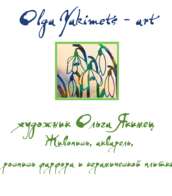 Shop Yakimets Olga
Shop Yakimets Olga

Olga Yakimets
15.07.1974
Russia
Я пишу картины маслом и акварелью, расписываю фарфоровую посуду и керамическую плитку высокотемпературными красками. Творчество - это моя жизнь. Рисованием и прикладным искусством я занимаюсь с детства. В 1996 г. в Москве окончила МАХУ "памяти 1905 года". Профессионально пишу картины уже более 20-ти лет. Вначале своего творческого пути несколько раз хотела оставить это занятие и жить, как все. Но каждый раз жизнь заставляла меня брать в руки кисти и краски. Живу я в очень живописном месте Тульской области. Уже много лет сотрудничаю с музеем-заповедником им. В.Д.Поленова. Люблю природу и стараюсь передать её красоту в своих произведениях. В каждую работу я вкладываю частичку своей души.

Artist shop
Yakimets Olga
Russia
Number of products: 7
Lot 201 LISTER, Joseph (1827-1912)
Valuable Books, Manuscripts and Photographs, including Highlights from The Royal Society of Medicine 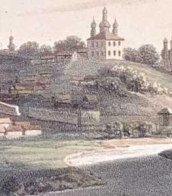

CHRISTIE'S
Valuable Books, Manuscripts and Photographs, including Highlights from The Royal Society of Medicine
Date: 10.12.2025 12:00 UTC +00:00
Number of lots in the catalog: 213
Lot 36 Dante Alighieri (1265-1321)
Dante Alighieri (1265 - 1321) 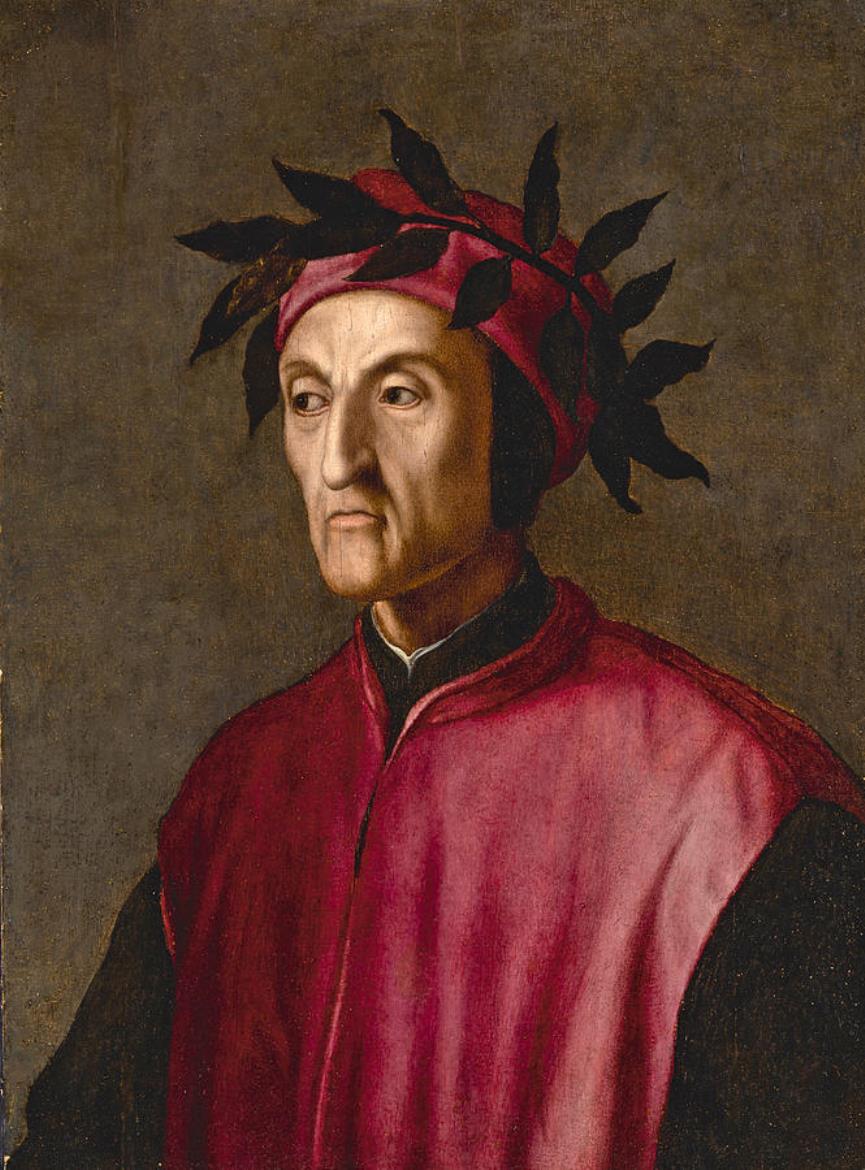 Valuable Books, Manuscripts and Photographs, including Highlights from The Royal Society of Medicine
Valuable Books, Manuscripts and Photographs, including Highlights from The Royal Society of Medicine 

Dante Alighieri
May 1265 - 14.09.1321

CHRISTIE'S
Valuable Books, Manuscripts and Photographs, including Highlights from The Royal Society of Medicine
Date: 10.12.2025 12:00 UTC +00:00
Number of lots in the catalog: 213
Lot 141 EDWARDES [or EDGUARD], David (c.1502-c.1542)
Valuable Books, Manuscripts and Photographs, including Highlights from The Royal Society of Medicine 

CHRISTIE'S
Valuable Books, Manuscripts and Photographs, including Highlights from The Royal Society of Medicine
Date: 10.12.2025 12:00 UTC +00:00
Number of lots in the catalog: 213
Lot 171 TAGLIACOZZI, Gaspare (1545-1599)
Valuable Books, Manuscripts and Photographs, including Highlights from The Royal Society of Medicine 

CHRISTIE'S
Valuable Books, Manuscripts and Photographs, including Highlights from The Royal Society of Medicine
Date: 10.12.2025 12:00 UTC +00:00
Number of lots in the catalog: 213
Lot 145 Heinz Mack (1931 Lollar) (F)
Heinz Mack (1931) 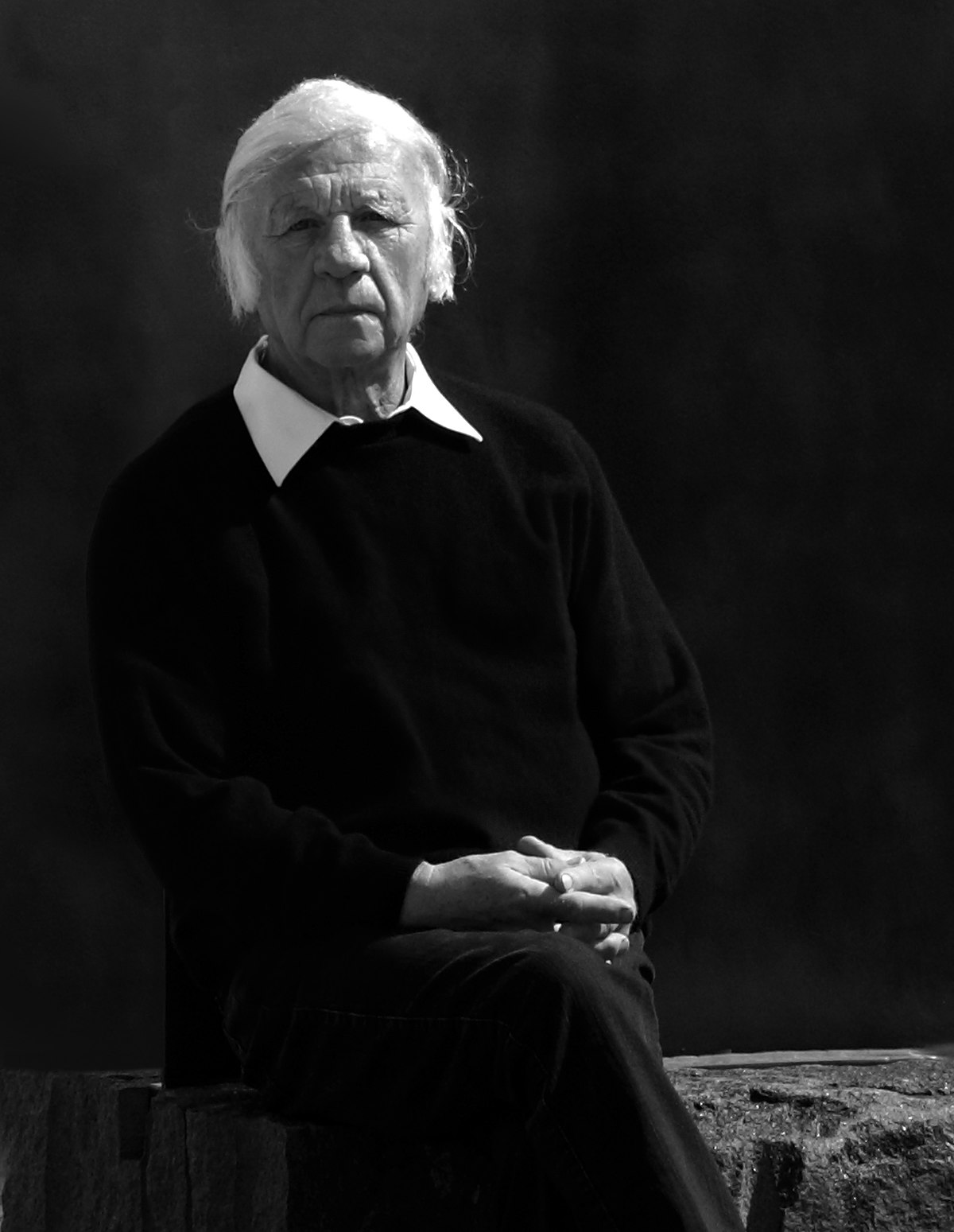 Moderne & Zeitgenössische Kunst | Schmuck & Luxusuhren
Moderne & Zeitgenössische Kunst | Schmuck & Luxusuhren 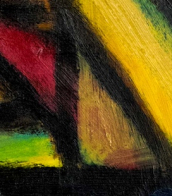

Heinz Mack
08.03.1931
Germany
Heinz Mack is a German artist. Together with Otto Piene he founded the ZERO movement in 1957. He exhibited works at documenta in 1964 and 1977 and he represented Germany at the 1970 Venice Biennale. He is best known for his contributions to op art, light art and kinetic art.

WETTMANN | Auktionshaus an der Ruhr
Moderne & Zeitgenössische Kunst | Schmuck & Luxusuhren
Date: 02.12.2025 18:00 UTC +01:00
Number of lots in the catalog: 197
Lot 57 [India – Third Anglo-Mysore War and Tipu Sultan]. Lieutenant-Colonel Francis Skelly (1751-1793)
Valuable Books, Manuscripts and Photographs, including Highlights from The Royal Society of Medicine 

CHRISTIE'S
Valuable Books, Manuscripts and Photographs, including Highlights from The Royal Society of Medicine
Date: 10.12.2025 12:00 UTC +00:00
Number of lots in the catalog: 213
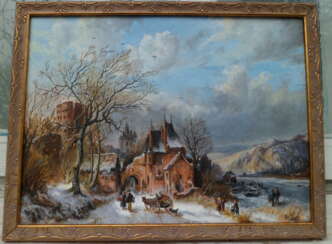

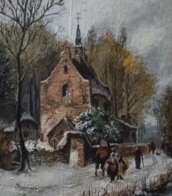
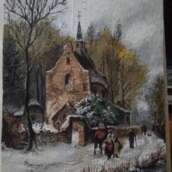


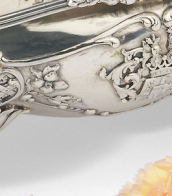


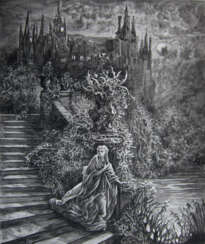

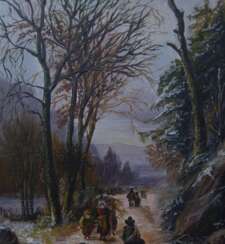

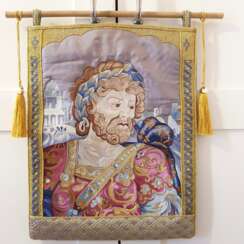




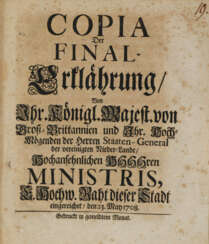

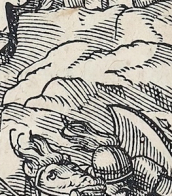



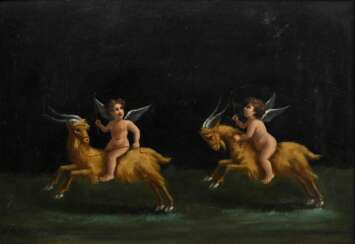

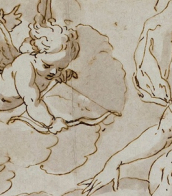



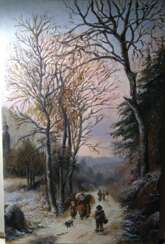

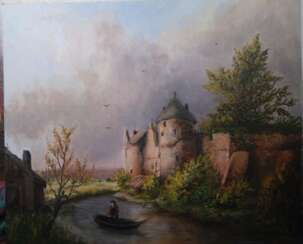

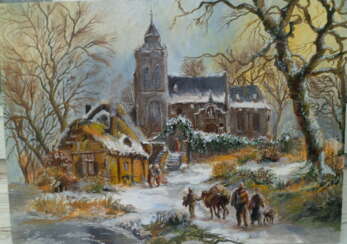

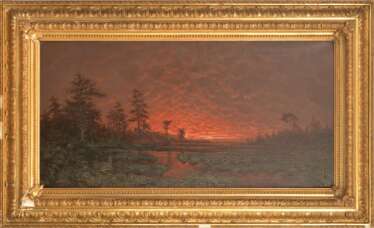


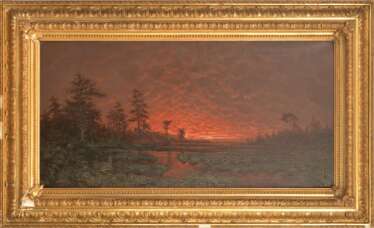

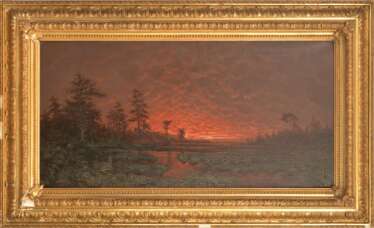

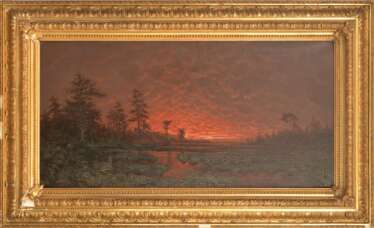





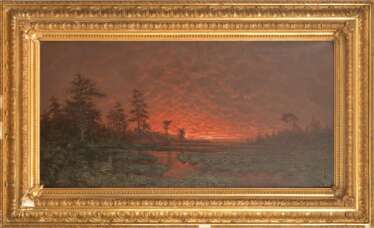



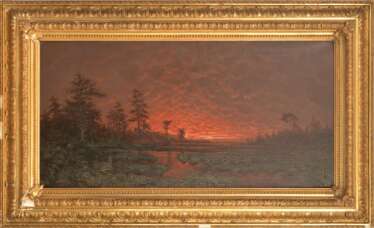

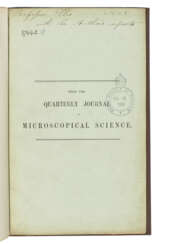

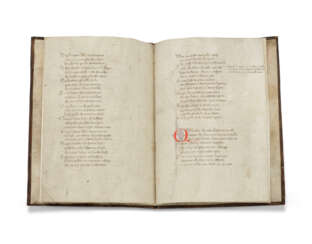

![EDWARDES [or EDGUARD], David (c.1502-c.1542)](/assets/image/picture_5109073/a4217/23dd2d502cfd3dcd27538436be5e0cc01765321200jpg__fix_374_244.jpeg)
![EDWARDES [or EDGUARD], David (c.1502-c.1542)](https://veryimportantlot.com/assets/image/picture_5109073/a4217/23dd2d502cfd3dcd27538436be5e0cc01765321200jpg__fix_374_244.jpeg)
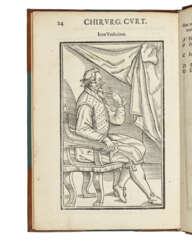



![[India – Third Anglo-Mysore War and Tipu Sultan]. Lieutenant-Colonel Francis Skelly (1751-1793)](/assets/image/picture_5108817/9e509/7c2062c7b51d50645e74c847498e5fef1765321200jpg__fix_374_244.jpeg)
![[India – Third Anglo-Mysore War and Tipu Sultan]. Lieutenant-Colonel Francis Skelly (1751-1793)](https://veryimportantlot.com/assets/image/picture_5108817/9e509/7c2062c7b51d50645e74c847498e5fef1765321200jpg__fix_374_244.jpeg)